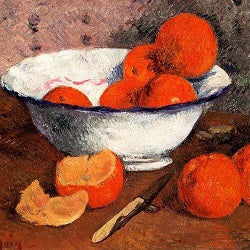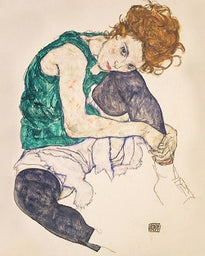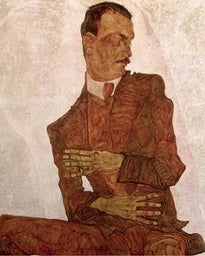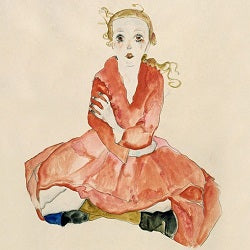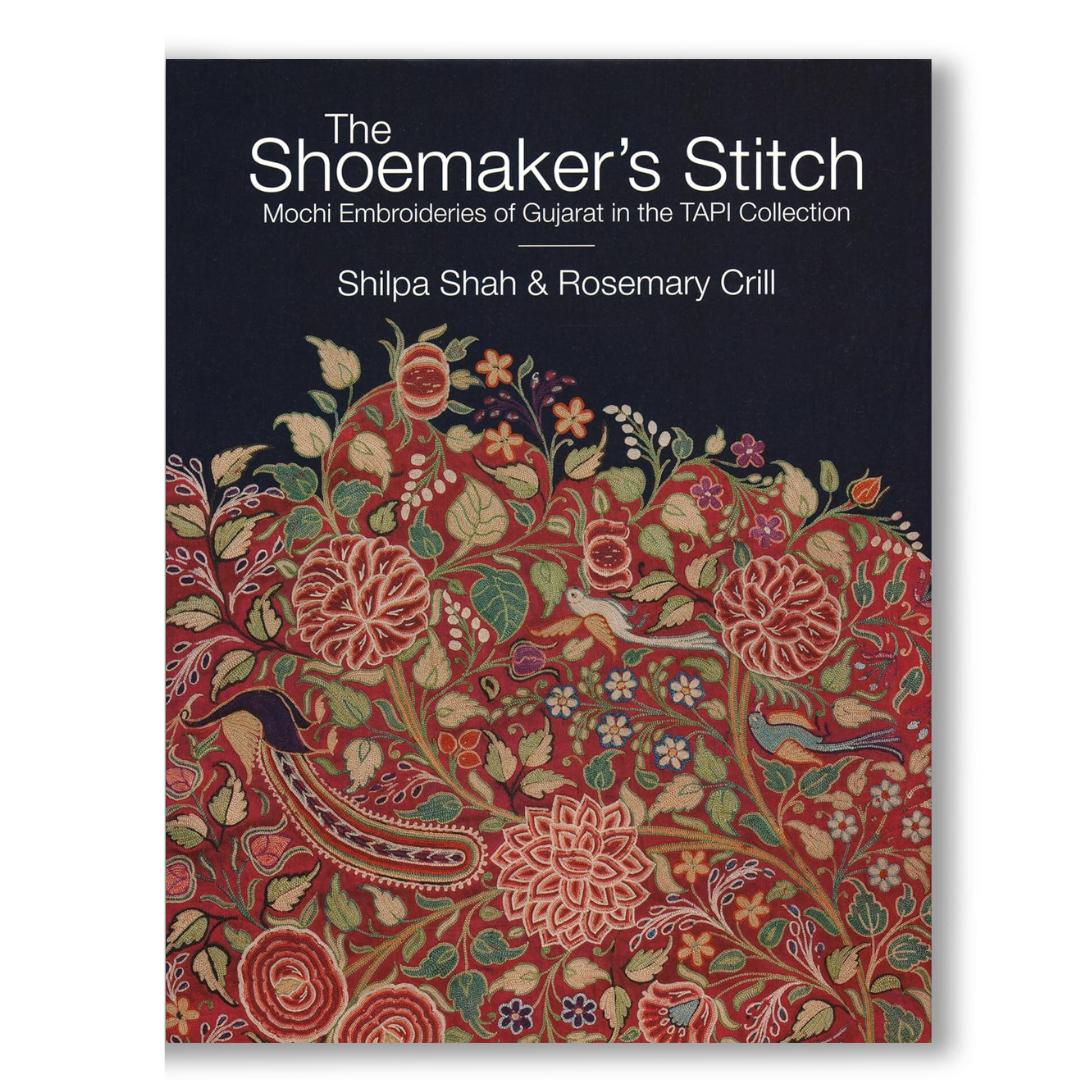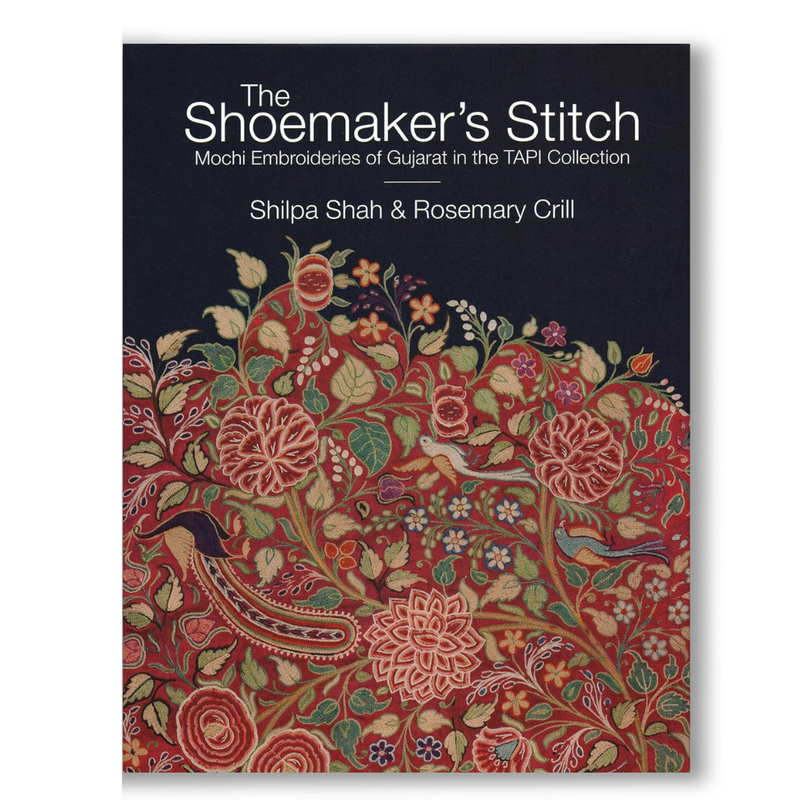
The Shoemaker's Stitch: Mochi Embroideries of Gujarat in the TAPI Collection Book
Niyogi - Hardback
The exquisite chain-stitch embroideries of Gujarat’s Mochi community are found in museum and private collections the world over, but the origins of the Mochis and their craftsmanship are rarely explored. This book is the first to delve deeply into the history of chain-stitch embroidery in India and its connections to the Mochi or shoe-maker community. This work focusses on chain-stitch embroideries from the 18th to 20th centuries in the renowned TAPI collection of textiles, with many pieces having direct links both to Gujarati royal families and the lineage of Mochi craftsmen and women. The previously unknown but significant role of the women of the Mochi community in creating embroidery pieces is also explored. The catalogue of images displays a wide range of exquisitely embroidered pieces ranging from Jain manuscript covers to portraits, items of clothing, fans, and furnishings, such as floor spreads, wall hangings and tent panels. The accompanying essays provide the background history of the Mochis and their work and also shed fresh light on chain-stitch embroideries in museums and private collections previously thought to be from the Mughal period. The book also gives an account of the contemporary scene, in which chain-stitch embroidery has found new directions and new audiences worldwide. About the Author Shilpa Shah is the co-founder of the TAPI Collection of Indian Textiles and Art. She researches and writes articles on Indian textile art, and holds an M.A. degree from the University of California, Berkeley. Rosemary Crill was Senior Curator for South Asia at the Victoria & Albert Museum in London until her retirement in 2016. Her books include Indian Embroidery, Marwar Painting, Indian Ikat Textiles, Chintz: Indian Textiles for the West and The Fabric of India.
N/A
- Author : Shilpa Shah & Rosemary Crill
- Format : Hardback
- ISBN: 9789391125455
- Size : 32 x 25.3 x 2 cm
- Pages: 220 pages
- Publisher: Niyogi
( COD NOT AVAILABLE ON THIS PRODUCT ) Delivery within 7-10 working days to Indian addresses. Please check Pincode to confirm if we deliver to your location. For international delivery, please allow up to 3 weeks. For further details on shipping, please refer to Shipping Policy . For information on returns, please refer to our Returns Policy.
Product Code: IDB-N-102
Product Code:
IDB-N-102








